 The most counterproductive word in diver training is the one instructors use to justify not making learning to dive more realistic, more relevant and more effective. That word is should — along with its siblings should not and shouldn’t. These words have done more to stifle meaningful change in diver training than any others in the English language. What do we mean by this? Here is an example.
The most counterproductive word in diver training is the one instructors use to justify not making learning to dive more realistic, more relevant and more effective. That word is should — along with its siblings should not and shouldn’t. These words have done more to stifle meaningful change in diver training than any others in the English language. What do we mean by this? Here is an example.
Although it is now widely accepted that tank valves should be turned either all the way on or all the way off, there are still instructors who persist in teaching The Quarter Turn That Kills. When you explain that there is — and always will be — a substantial portion of the population that has difficulty telling the difference between clockwise and counterclockwise (anticlockwise for those of you who speak actual English), they will dismiss the argument by saying that this is something that divers “should” know.
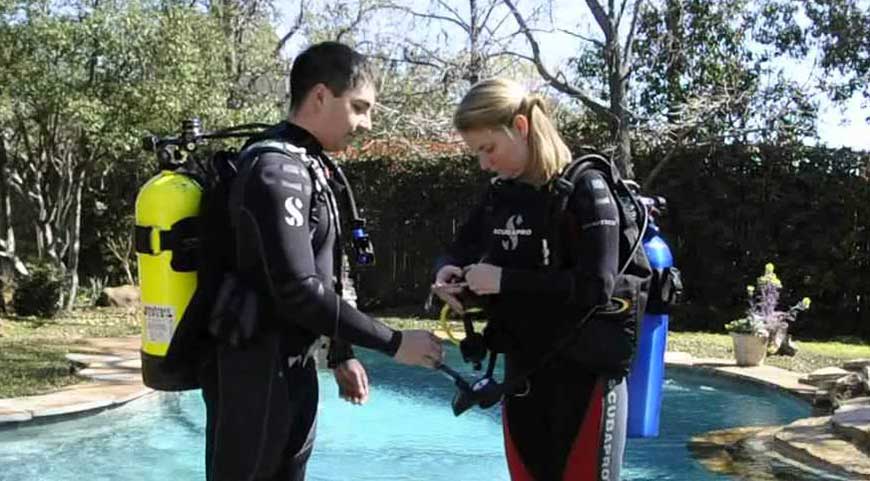 The list of things that instructors tell us divers “should” do is seemingly endless, and includes things like:
The list of things that instructors tell us divers “should” do is seemingly endless, and includes things like:
- Eat better
- Get more rest
- Give up smoking
- Exercise more
- Do buddy checks
- Ascend more slowly
- Plan dives more carefully
- Know how to use dive tables
- Be able to rescue a nonbreathing diver
The catch is, although you can make a case for why divers “should” do these things, the fact remains that many — if not most — divers will not do them. Human nature is human nature. It’s like what Neill DeGrasse Tyson says about science: It’s true whether you choose to believe it or not. This leaves you with two choices:
- You can structure your diver training courses around what experience has shown a significant number of divers will do if effectively taught.
- You can keep your head stuck in the sand, dismissing improvements in diver training by saying they are not needed because they are designed to correct behaviors that divers “should not” be doing in the first place.
The catch is, by refusing to teach more realistic skills and procedures, you may actually be putting divers are risk. Here are some examples.
Buddy checks
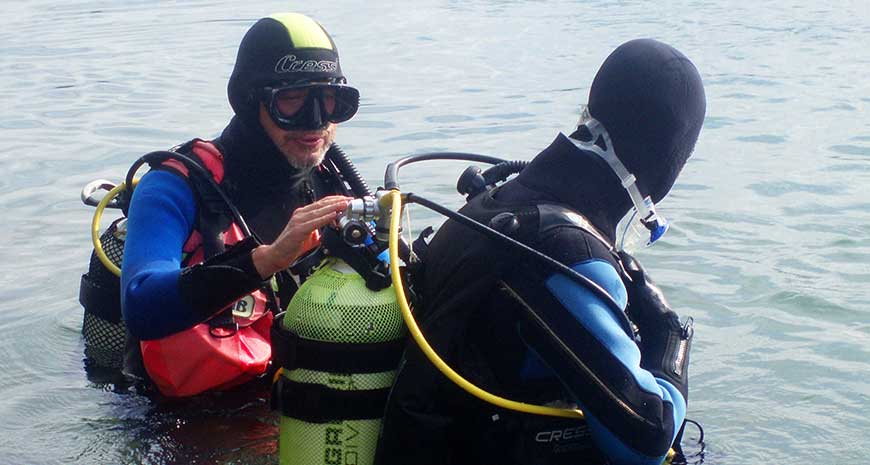 Some sort of buddy check is outlined in nearly every diver training organization’s recreational and technical diver training programs. Some of these are comparatively simple, such as SDI’s ABC (Air, BC, Computer). At the other end of the spectrum is something like GUE’s painstakingly detailed “matching” buddy checks, in which a team leader calls out a particular piece of equipment, then each team member verbally confirms that this piece of equipment is present and working, and where it is stowed.
Some sort of buddy check is outlined in nearly every diver training organization’s recreational and technical diver training programs. Some of these are comparatively simple, such as SDI’s ABC (Air, BC, Computer). At the other end of the spectrum is something like GUE’s painstakingly detailed “matching” buddy checks, in which a team leader calls out a particular piece of equipment, then each team member verbally confirms that this piece of equipment is present and working, and where it is stowed.
Obviously, there is nothing unsafe about this sort of procedure. In fact, if every diver was disciplined enough to do this, we’d most likely eliminate the hundreds of fatalities which occur every year because the victim was unaware that his partners kept their Wet Notes in their left thigh pocket instead of their right.
In reality, buddy checks — whether simple or complex — are something the vast majority of divers simply don’t do. Reasons can vary. Laziness is certainly among them. Many divers may feel that overly complicated buddy checks are simply unnecessary. An overriding reason, however, is that it is not within human nature to be comfortable starting every dive by saying things such as, “Golly gee, Betty Sue, I got my third backup light stuffed up inside my wetsuit collar. How about you?”
Why it’s a problem: This is a situation common to teaching any unrealistic skill or procedure. When you teach students that they must do something you know darn well they will not do in real life then, by default, you are failing to teach them more realistic skills and procedures they have a much greater chance of following.
What we should be doing: As an instructor, odds are you have some sort of pre-dive self check you do with your own equipment, so that you can save yourself the embarrassment of jumping in the water with a critical piece of equipment missing or not working. This is something you feel comfortable doing on every dive and you don’t feel self conscious doing it. And, if it works well for you, why isn’t this what you are teaching to students? They may not all follow your advice — but if a significant number do, they will be better off than if you teach a traditional buddy check that no one seems to follow.
By the way, whom would you trust more as a buddy: Someone who is buddy-dependent or someone you can trust to be self-reliant?
Dive tables
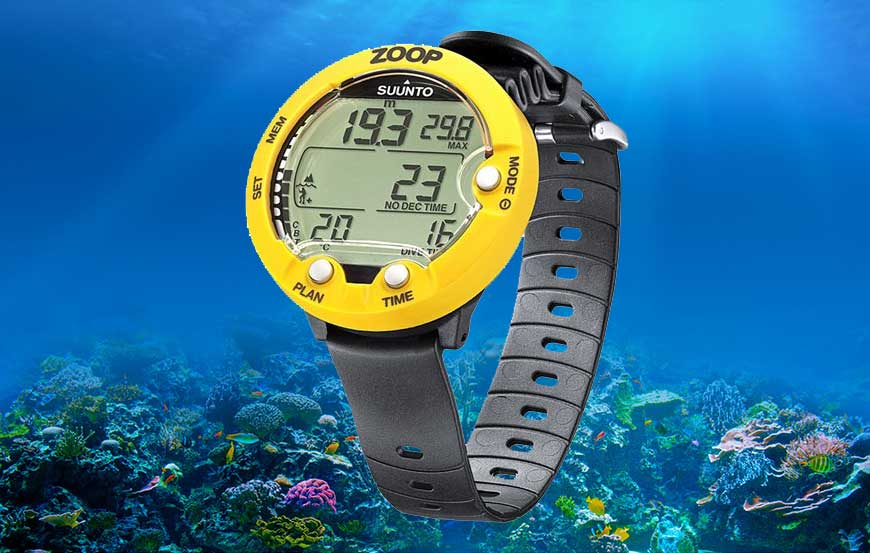 Every diver “should” be proficient in dive table usage. At least that’s what many instructors will tell you. This sounds great in theory. Not only does it not make divers computer-dependent, should they ever find themselves without a computer, divers will have something to fall back on.
Every diver “should” be proficient in dive table usage. At least that’s what many instructors will tell you. This sounds great in theory. Not only does it not make divers computer-dependent, should they ever find themselves without a computer, divers will have something to fall back on.
Why it’s a problem: Proficiency in dive table usage requires regular practice. That’s something most of today’s divers simply don’t get. Reasons for this range from the fact most divers today use and rely on computers, to the fact those less-serious divers who never invest in their own gear simply don’t dive often enough to maintain dive table proficiency.
By the way, that whole thing about, “If your dive computer fails, you can just switch to tables…?” That’s bullshit. Unless you have carefully noted the starting and ending times and maximum depth of all prior dives — and those dives all happen to fall within dive table limits — you are going to have to wait at least twelve hours before switching to dive tables.
Finally, should a diver find himself the only person in a group who does not have a working dive computer, the odds of finding someone willing to dive with him and remain within dive table limits are fairly slim.
What we should be doing: There is nothing wrong with teaching dive tables — if only from a historical perspective. Divers who understand the underlying principles behind dive tables generally have a better understanding and appreciation for what their dive computers are telling them.
Problems arise, however, when you create the impression that, because students learned dive tables in their Open Water Diver course, it is a skill that will instantly come back to them when they dive six months down the road (it usually won’t). Unlike human beings, dive computers don’t forget how to work because they sat idle for six months, nor do they make errors in addition or subtraction, or get off by one row or column.
Today’s divers use computers. It is ridiculous to think otherwise. For this reason, it’s important entry-level divers not only gain a fundamental understanding of how computers work, but have the opportunity to use them on training dives.
It’s also important that new divers understand that rental dive computers are not always readily available. And, even when they are, you cannot simply pick up a strange computer and use it correctly without first reading and thoroughly understanding the owner’s manual. The bottom line here is that every diver needs to own his or her own personal dive computer. With prices for entry-level dive computers now dropping below US$200, there is no excuse not to.
Weight belts
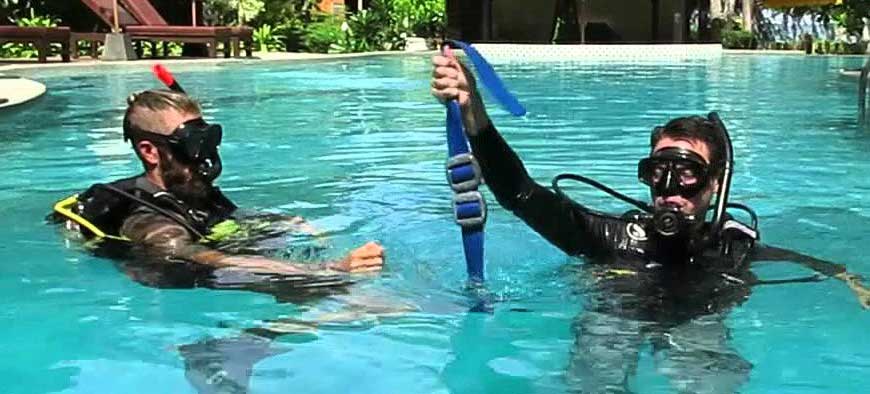 The vast majority of recreational BCs sold in the past two decades (estimates run as high as 95 percent) have been weight-integrated models. Yet a significant number of new divers – possibly a majority — still learn on non-weight-integrated BCs. When you ask instructors why, you are likely to hear that it is because everybody “should” know how to use a weight belt.
The vast majority of recreational BCs sold in the past two decades (estimates run as high as 95 percent) have been weight-integrated models. Yet a significant number of new divers – possibly a majority — still learn on non-weight-integrated BCs. When you ask instructors why, you are likely to hear that it is because everybody “should” know how to use a weight belt.
Why it’s a problem: This is wrong for the same reason it’s wrong to not give new divers the opportunity to use dive computers during training. If you know that a particular piece of equipment is what new divers are most likely to buy and use, you have an obligation to give students the opportunity to use that equipment during training and to learn how to do so correctly.
What we should be doing: This is easy. Get your students in weight-integrated BCs. Doing so does not preclude you from teaching weight belt use. During that portion of the course when you introduce students to basic freediving skills is a great time to also introduce them to weight belts and their proper use. Students need to know how to use both weight belts and weight-integrated BCs. Period.
Unconscious/nonbreathing diver rescue
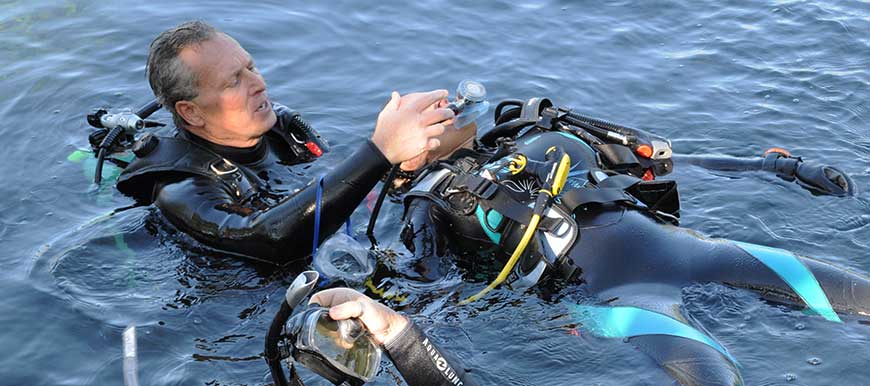 It is no secret that there is one particular training agency whose arrogance I find insufferable. They like to advertise that their entry-level divers are somehow superior to everyone else’s. The basis for this claim is that their standards require new divers to perform roughly half again as many skills as students of other agencies. There is even some basis for this claim if classes are 50 percent longer than average.
It is no secret that there is one particular training agency whose arrogance I find insufferable. They like to advertise that their entry-level divers are somehow superior to everyone else’s. The basis for this claim is that their standards require new divers to perform roughly half again as many skills as students of other agencies. There is even some basis for this claim if classes are 50 percent longer than average.
The problem is that this same agency allows its instructors to conduct entry-level training in the same, highly-compressed two-weekend time frame that other agencies do. When you try to cram that many “skills” into such a limited amount of time, the result is that the time needed to introduce and practice inconsequential skills reduces the amount of time available for the repetition of more critical skills. The result is that their entry-level divers are often nowhere near as good as this agency likes to think they are.
A prime example of this is the practice of unconscious/nonbreathing diver rescues. This agency maintains that every new diver “should” be able to surface and resuscitate an unconscious/nonbreathing buddy. They even practice this skill in their entry-level courses — generally just once, with the instructor talking students through each step. This is not the same as real learning, which requires repetition.
Why it’s a problem: Learning to properly respond to an unconscious/nonbreathing diver takes time. There is a reason why a substantial portion of multi-day Rescue Diver courses are devoted to just this one skill. There is also the issue of readiness. To be able to effectively learn unconscious/nonbreathing diver rescue, students need sufficient prior diving experience to be able to function without giving a lot of conscious thought to themselves. That is something few entry-level students can do.
There is also the issue of risk. As frequently practiced, the “victim” in many of these unconscious/nonbreathing diver exercises is another entry-level student. This means they are asked to surrender control over their ascent rate and other variables to an equally inexperienced diver. Were an accident to happen under these circumstances, due to a too-rapid ascent, it would be difficult for an instructor to defend himself.
Additionally, implicit in teaching this type of rescue to new divers is the idea that, should a buddy go missing, the new diver should attempt to search for the missing diver by himself, instead of immediately surfacing and summoning assistance. This is how we end up with double fatalities.
What we should be doing: Most training agencies limit entry-level diver training to self-rescue and tired-diver tows an assists. More advanced diver rescue skills — including unconscious/nonbreathing diver rescue and resuscitation — are not introduced until students take part in formal Rescue Diver training, and typically have at least ten open-water dives under their belts. This is both reasonable and responsible.
There is a much larger issue here, too. The argument most often given for including this type of training in entry-level courses is that, as there is nothing to stop a newly certified diver from going out and diving with only a similarly inexperienced diver for company, they need to be able to rescue one another.
The fact is, despite what standards might say, newly certified divers have no business diving without some degree of leadership-level supervision. What we need to be telling students is that, until they complete their Advanced course or gain equivalent experience, they are best off diving under direct divemaster or instructor supervision, such as they would at most dive resorts. With additional training or experience, divers might expand this to diving at somewhere like the local rock quarry, where there are other divers and instructors readily available to help in the event of an emergency.
Only when divers have completed formal Rescue Diver training should divers contemplate diving by themselves, with no one else present other than a similarly trained and experienced buddy. This is a standard of practice the entire dive industry needs to embrace.
Watch your language!
The next time you are discussing diver training, whether in person or on line, think carefully about what you say. Be on guard for the word should or any variation thereof.
Above all, remember that it really doesn’t matter what you think divers “should” or “should not” do. The only thing that matters is what long experience has shown us divers will do if properly taught. And, to do that, we need to limit what we teach to skills and procedures that are both realistic and relevant.
